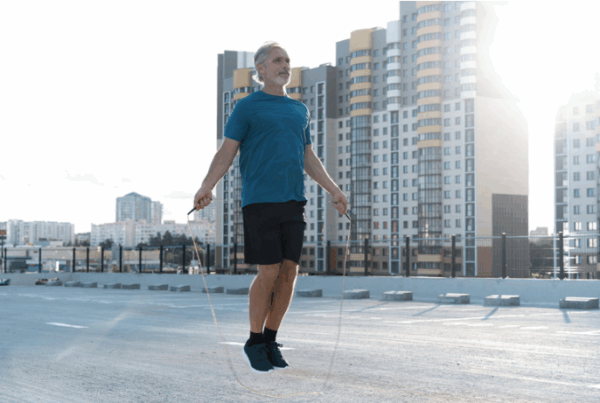At Specialised Health, goal setting is one of the most powerful tools we have. Whether we’re helping a client return to work after surgery, rebuild physical capacity following burnout, or find their footing again after a long illness, a clear and well-pitched goal is often what helps move things forward.
As a team who actively engages with emerging research and enjoys keeping an eye on the science, we’re always looking for ways to refine our practice. And lately, new findings are giving us a fresh lens on goal setting, one that might just shift how we approach early-stage rehab.
A New Way of Framing Goals
We’ve all heard of SMART goals: Specific, Measurable, Achievable, Relevant, and Time-bound. They’re structured, outcome-focused, and often used to create clarity. But a new conceptual review by Swann et al. (2024) suggests that this isn’t the only way. In fact, for many clients, especially those in the early stages of recovery or new to exercise altogether, a different approach might be more effective.
This research introduces the concept of “open goals”. These are goals that are deliberately non-specific and exploratory, such as “let’s see how far you can walk today” or “see what you feel up to doing this week”. Instead of setting a rigid target, they invite curiosity and allow the person to engage with the task in a more flexible and less pressured way.
The Science Behind It
Swann and colleagues reviewed 16 empirical studies and identified a unique set of characteristics that define open goals. They are loosely structured, focused on the task at hand rather than an end result, and typically framed in a way that allows for a spectrum of outcomes. This flexibility means that the person is more likely to experience a sense of progress rather than “failure,” which can be crucial in building confidence, especially in clients who are still uncertain about their capacity.
What’s particularly compelling is the finding that open goals can increase enjoyment, autonomy, and intrinsic motivation. These are powerful psychological drivers of behaviour and ones we rely on often in return-to-work rehabilitation. For someone dealing with pain, fatigue, or psychological distress, motivation can be fragile. An open goal offers a way to meet them where they are.
Application in the RTW Space
At Specialised Health, we love research, but research is just research unless it’s applied. So how do these findings play out in our daily work? As Exercise Physiologists, we’re big believers in objective, measurable goals. After all, return to work is the primary outcome we’re supporting, whether that’s increasing work hours, improving lifting capacity, or meeting endurance or tolerance benchmarks. These structured goals remain central to our planning, reporting, and progression.
But we also know that engagement is the first step. And for many clients, especially those recovering from complex conditions or returning to movement after a long time away, specific targets can feel overwhelming or out of reach at first. This is where open goals come in. They don’t replace the primary objective, they pave the way toward it.
When a client is fearful, deconditioned, or unsure of their capacity, reframing the task as “Let’s see how your body responds to a short walk today” can be far more effective than prescribing “Walk 30 minutes, five days this week.” We’re still working toward structure and progression, but we’re meeting the client where they’re at and giving them a reason to participate.
Open goals can also be useful when introducing new types of movement or when trying to re-engage someone who has become disengaged from their rehab. A collaborative approach like “let’s experiment with what feels good”, invites the client into the process, while still aligning with our evidence-based framework.
Final Thoughts
At Specialised Health, we’re not just prescribing exercise, we’re facilitating a return to life, function, and work. That means understanding when a client needs structure, and when they need space to explore. It means knowing when to challenge, and when to support. Whether we’re using open goals to foster early engagement or locking in performance targets to track return-to-work progress, our approach is always strategic, evidence-informed, and person-centered.
Because in the end, it’s not just about movement, it’s about momentum.
Further Reading:
Swann, C. et al. (2024). A conceptual definition and critical review of open goals in health behaviour change. Health Psychology Review
Author: Tessa Nielsen
#exercisephysiology #exerciserehab #rehabilitation #lifeinsurance #incomeprotection #ctp #workcover #mobile #mobileexercisephysiology #fatigue #mentalhealth #cancer #musculoskeletal #injury #pain #physio #physiotherapy #Sydney #Brisbane #Melbourne #Adelaide #Auckland #Waikato #BayofPlenty #Wellington #Otago #Christchurch



